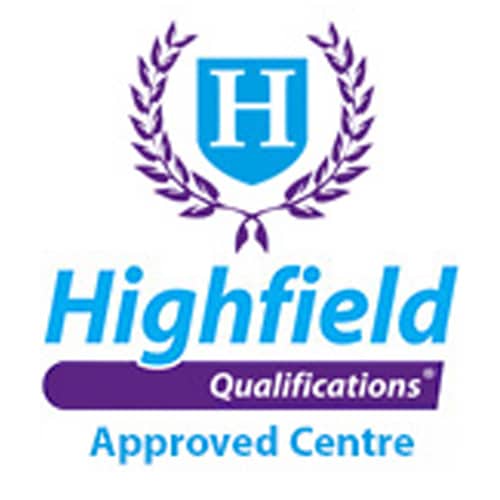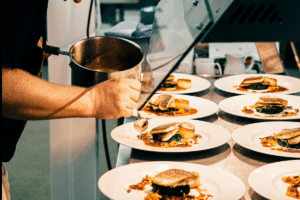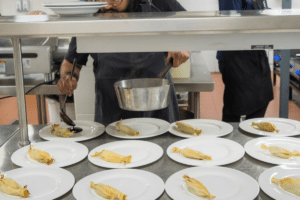How to Reduce the Risk of Campylobacter
In this article, we answer the popular question “How to reduce the risk of Campylobacter” by summarising the key points from the recent Food Standards Agency campaign ‘From Farm to Fork – Acting on Campylobacter Together (ACT)’ which illustrates the easy and effective steps you need to take in order to reduce the risk of campylobacter poisoning.
Campylobacter is the most common form of food poisoning in the UK. You can’t see it, smell it or taste it. In the vast majority of cases, the symptoms, which can include abdominal pain, severe diarrhoea and vomiting, are relatively short-lived, lasting for 2-3 days. However, in a small number of cases, the symptoms can be severe and long-lasting.
Good food hygiene is essential – it is all about controlling harmful bacteria, which can cause serious illness. It is important for you and your staff as a business to understand what good food hygiene is so that you can obey the law, reduce the risk of food poisoning among your customers and protect your business reputation.
Focusing on the four C’s will help you to reduce the risk of Campylobacter.
The four c’s are Cross-contamination, Cleaning, Chilling, and Cooking.
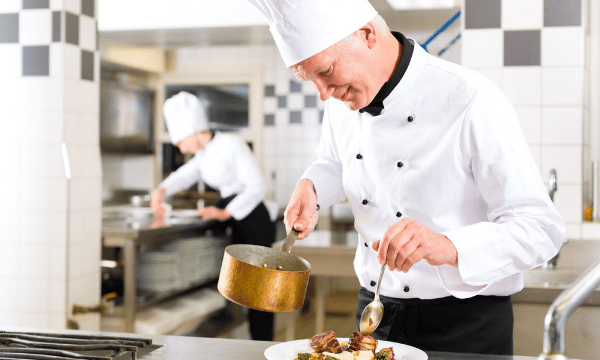
Cross-Contamination
This occurs when bacteria spreads between food, surfaces and equipment. It generally happens when raw food touches or drips onto ready to eat food or surface and equipment. You should aim to reduce the risk of this happening by:
- Cleaning and disinfecting work surfaces, chopping boards and equipment thoroughly before you start preparing food and after you have used them to prepare raw food.
- Using different equipment (including chopping boards and knives) for raw meat/poultry and ready-to-eat food unless they can be heat disinfected in, for example, a commercial dishwasher.
- Washing your hands thoroughly before preparing food and after touching raw food.
- Keeping raw and ready-to-eat food apart at all times, including packaging material for ready-to-eat food.
- Storing raw food below ready-to-eat food in the fridge. If possible, use separate fridges for raw and ready-to-eat food.
- Providing separate working areas, storage facilities, clothing and staff for the handling of ready-to-eat food.
- Using separate machinery and equipment, such as vacuum packing machines, slicers and mincers, for raw and ready-to-eat food.
- Separating cleaning materials, including cloths, sponges and mops, should be used in areas where ready-to-eat foods are stored, handled and prepared.
Making sure that your staff know how to avoid cross-contamination.
Cleaning
Cleaning effectively gets rid of bacteria on hands, equipment and surfaces. It, therefore, helps to stop harmful bacteria from spreading onto food. You should do the following things:
- Make sure that all your staff wash and dry their hands thoroughly before handling food.
- Clean and disinfect food areas and equipment between different tasks, especially after handling raw food.
- Clear and clean as you go. Clear away used equipment, spilt food etc. as you work and clean work surfaces thoroughly.
- Use cleaning and disinfection products that are suitable for the job, and follow the manufacturer’s instructions.
- Disinfection products should meet BS EN standards. Check product labels for either of these codes: BS EN 1276 or BS EN 13697.
- Do not let food waste build-up.
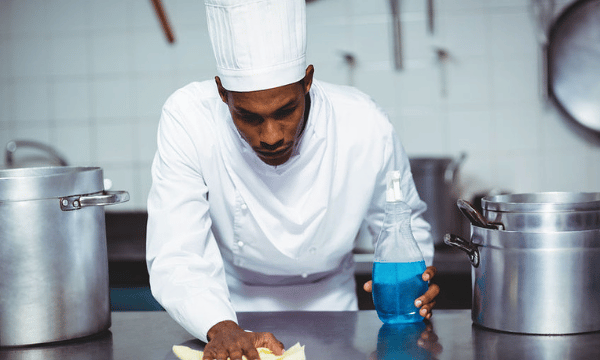
Chilling
Chilling food properly helps to stop harmful bacteria from growing. Some food needs to be kept chilled to keep it safe, for example food with a ‘use by’ date, cooked dishes and other ready-to-eat food such as prepared salads and desserts. It is very important not to leave these types of food standing around at room temperature. So, make sure you do the following things:
- Check chilled food on delivery to make sure it is cold enough.
- Put food that needs to be kept chilled in the fridge straight away.
- Cool cooked food as quickly as possible and then put it in the fridge.
- Keep chilled food out of the fridge for the shortest time possible during preparation.
- Check regularly that your fridge and display units are cold enough
Cooking
Cooking thoroughly kills harmful bacteria in food. It is therefore extremely important to make sure that food is cooked properly. When cooking or reheating food, always check that it is steaming hot all the way through. It is especially important to make sure that you thoroughly cook poultry, pork, rolled joints and products made from minced meat, such as burgers and sausages. This is because there could be bacteria in the middle of these types of products. They should not be served pink or rare and should be steaming hot all the way through. Whole cuts of beef and lamb, such as steaks, cutlets and whole joints, can be served pink/rare as long as they are fully sealed on the outside.
What the Law Says
Food business operators are required by law, to ensure that food handlers receive appropriate supervision and instruction/training in food hygiene in line with their work activity and should enable them to handle food safely.
If you have a question or enquiry about food safety, please call the team on 01452 502113 or complete our enquiry form.
Find this helpful?
Signup to our email notifications to receive alerts when we publish new blogs. We promise not to spam your inbox, you will just get a short snappy intro to Health and Safety articles we think you will love.
"*" indicates required fields
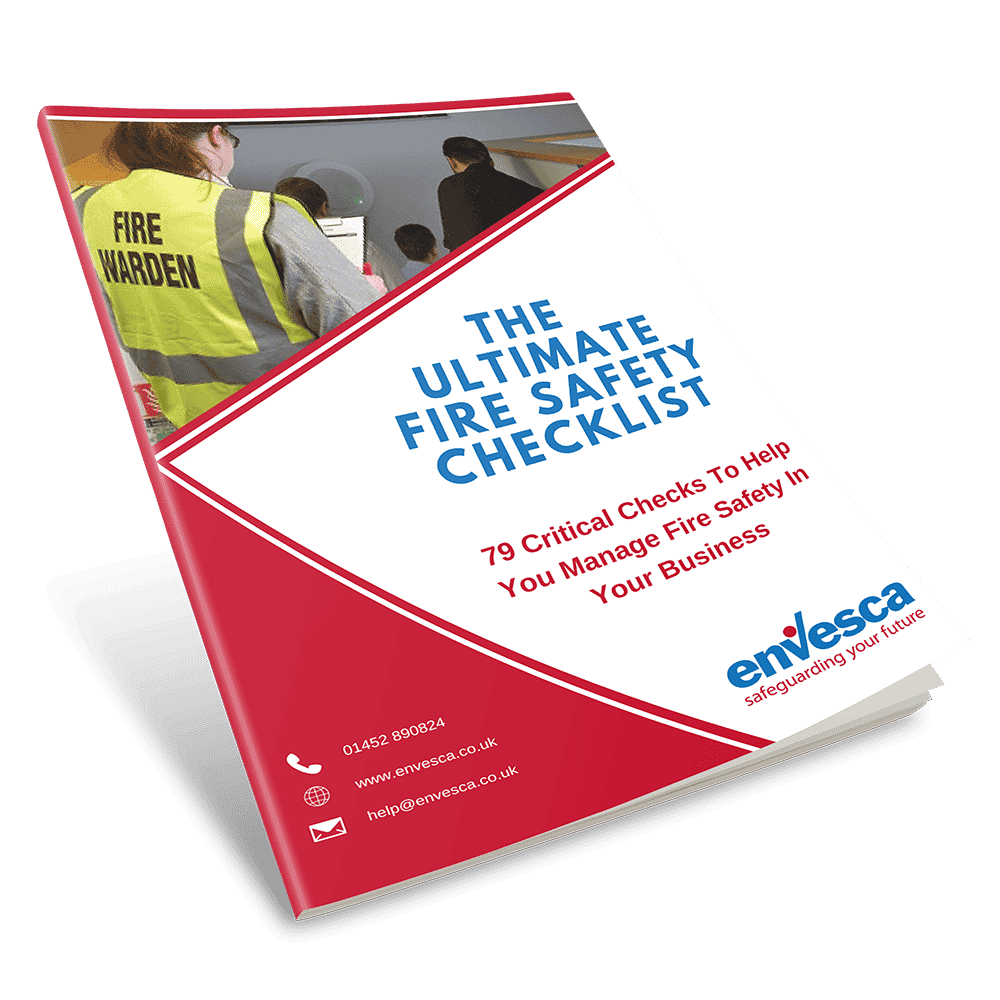
The Ultimate Fire Safety Checklist
If you’ve got a question or query, please contact our super friendly team, they will be delighted to help you!
Simply get in touch via phone or email.

Free
Resources &
Downloads
Informative. Useful. Practical.
Here at Envesca we believe that we are good at giving proactive, sensible and useful advice. Below you will find some free resources that you can download on a host of subjects that will help you and your business.
Training Available
Envesca offer a number of different training courses, which offer advice and guidance on these topics.

